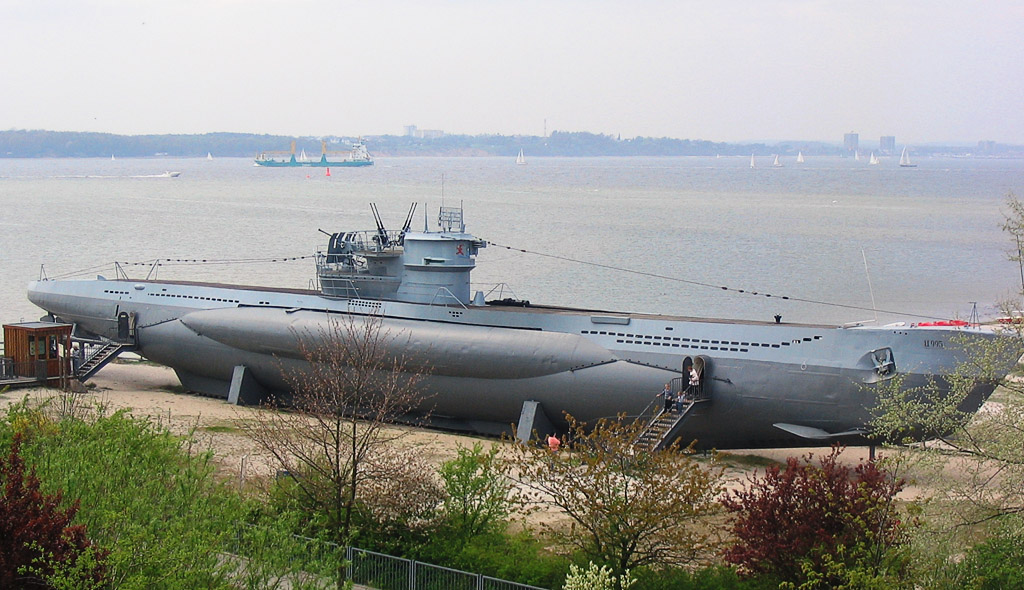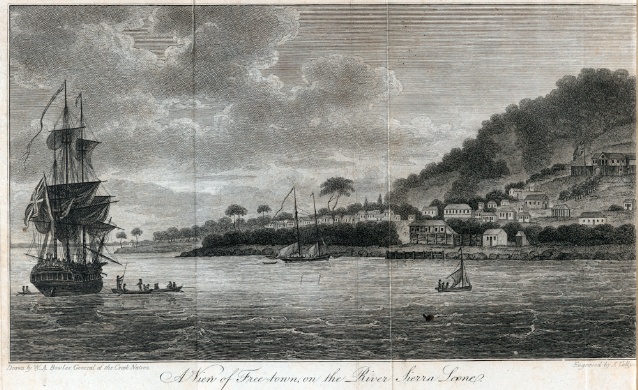|
HMS Black Swan (L57)
HMS ''Black Swan'', was the name ship of the sloops of the Royal Navy. This class was admired for its sea-going qualities. Construction and design ''Black Swan'', named after the black swan, was laid down by Yarrow Shipbuilders on 20 June 1938, launched on 7 July 1939, and commissioned on 27 January 1940.Hague 1993, p. 76. The ''Black Swan'' class was a lengthened version of the earlier s. The main gun armament consisted of six QF 4 inch Mk XVI anti-aircraft guns in three twin turrets, with the fourth 4 inch turret of the Egret class removed to allow addition of a quadruple barrel 2-pounder pom-pom short-range anti-aircraft gun. Anti submarine armament consisted of depth charge throwers with 40 depth charges carried.Gardiner and Chesneau 1980, p. 57.Hague 1993, p. 16. When completed, ''Black Swan'' was not fitted with the planned quadruple pom-pom, but with two quadruple Vickers .50 machine gun mounts fitted instead. The pom-pom was installed in May 1941, and the ... [...More Info...] [...Related Items...] OR: [Wikipedia] [Google] [Baidu] |
Yarrow Shipbuilders
Yarrow Shipbuilders Limited (YSL), often styled as simply Yarrows, was a major shipbuilding firm based in the Scotstoun district of Glasgow on the River Clyde. It is now part of BAE Systems Surface Ships, owned by BAE Systems, which has also operated the nearby Govan shipyard (formerly Fairfields) since 1999. History Origins in London The company was founded by Alfred Yarrow, later Sir Alfred Yarrow, 1st Baronet, in the year 1865 as Yarrow & Company, Limited. Originally it was based at Folly Wall, Poplar, then in 1898 as the company grew, Yarrow moved his shipyard to London Yard, Cubitt Town.History of London Yard by Angela Brown and Ron Coverson, 2001 Hundreds of steam launches, lake and river vessels, and eventually the |
Ă…ndalsnes
is a town in Rauma Municipality in Møre og Romsdal county, Norway. Åndalsnes is in the administrative center of Rauma Municipality. It is located along the Isfjorden, at the mouth of the river Rauma, at the north end of the Romsdalen valley. The village of Isfjorden lies about to the east, Veblungsnes lies just to the west across the Rauma, and Innfjorden lies about to the southwest via the European Route E136 highway. In 2017 the town had a population of 2,403 and a population density of . Åndalsnes has an association football club, Åndalsnes IF. The local church is Grytten Church, but its actually located across the river in Veblungsnes. The harbour is called "Tindekaia", and is visited every year by many cruise ships. Geography Åndalsnes is located at the mouth of the river Rauma, at the shores of the Romsdalsfjord, one of the first Norwegian rivers to host English fly fishermen in the nineteenth century. The river's salmon population is currently undergoing ... [...More Info...] [...Related Items...] OR: [Wikipedia] [Google] [Baidu] |
Portugal
Portugal, officially the Portuguese Republic ( pt, RepĂşblica Portuguesa, links=yes ), is a country whose mainland is located on the Iberian Peninsula of Southwestern Europe, and whose territory also includes the Atlantic archipelagos of the Azores and Madeira. It features the westernmost point in continental Europe, and its Iberian portion is bordered to the west and south by the Atlantic Ocean and to the north and east by Spain, the sole country to have a land border with Portugal. Its two archipelagos form two autonomous regions with their own regional governments. Lisbon is the capital and largest city by population. Portugal is the oldest continuously existing nation state on the Iberian Peninsula and one of the oldest in Europe, its territory having been continuously settled, invaded and fought over since prehistoric times. It was inhabited by pre-Celtic and Celtic peoples who had contact with Phoenicians and Ancient Greek traders, it was ruled by the Ro ... [...More Info...] [...Related Items...] OR: [Wikipedia] [Google] [Baidu] |
U-boat
U-boats were naval submarines operated by Germany, particularly in the First and Second World Wars. Although at times they were efficient fleet weapons against enemy naval warships, they were most effectively used in an economic warfare role (commerce raiding) and enforcing a naval blockade against enemy shipping. The primary targets of the U-boat campaigns in both wars were the merchant convoys bringing supplies from Canada and other parts of the British Empire, and from the United States, to the United Kingdom and (during the Second World War) to the Soviet Union and the Allied territories in the Mediterranean. German submarines also destroyed Brazilian merchant ships during World War II, causing Brazil to declare war on both Germany and Italy on 22 August 1942. The term is an anglicised version of the German word ''U-Boot'' , a shortening of ''Unterseeboot'' ('under-sea-boat'), though the German term refers to any submarine. Austro-Hungarian Navy submarines were also kno ... [...More Info...] [...Related Items...] OR: [Wikipedia] [Google] [Baidu] |
List Of Successful U-boats
List of successful U-boats contains lists of the most successful German U-boats in the two World Wars based on total tonnage. World War I This list contains the 5 most successful German U-boats during the First World War based on total tonnage. Only sunk commercial vessels are included, not military (warships) nor damaged ships. World War II This list contains the 10 most successful German U-boats during the Second World War based on total tonnage. Both commercial and military vessels (warships) are included but only sunk ships are included, not damaged ships. References uboat.net webpage about the most successful U-Boats of World War I- This list does not include military vessels. - This list does not include military vessels and is therefore not identical to list above. uboataces.com webpages about the most successful U-Boats of World War II- This list seems to miss ''U-123'' in top 5 list. {{Uboat U-boats Submarines of Germany U-Boats U-Boats U-boats were ... [...More Info...] [...Related Items...] OR: [Wikipedia] [Google] [Baidu] |
Freetown
Freetown is the capital and largest city of Sierra Leone. It is a major port city on the Atlantic Ocean and is located in the Western Area of the country. Freetown is Sierra Leone's major urban, economic, financial, cultural, educational and political centre, as it is the seat of the Government of Sierra Leone. The population of Freetown was 1,055,964 at the 2015 census. The city's economy revolves largely around its harbour, which occupies a part of the estuary of the Sierra Leone River in one of the world's largest natural deep water harbours. Although the city has traditionally been the homeland of the Sierra Leone Creole people, the population of Freetown is ethnically, culturally, and religiously diverse. The city is home to a significant population of all of Sierra Leone's ethnic groups, with no single ethnic group forming more than 27% of the city's population. As in virtually all parts of Sierra Leone, the Krio language of the Sierra Leone Creole people is Freetown's ... [...More Info...] [...Related Items...] OR: [Wikipedia] [Google] [Baidu] |
Port Of Liverpool
The Port of Liverpool is the enclosed Dock (maritime), dock system that runs from Brunswick Dock in Liverpool to Seaforth Dock, Seaforth, Merseyside, Seaforth, on the east side of the River Mersey and the Great Float, Birkenhead Docks between Birkenhead and Wallasey on the west side of the river. The port was extended in 2016 by the building of an in-river container terminal at Seaforth Dock, named Liverpool2. The terminal can berth two 14,000 container Post-Panamax ships. Port of Garston, Garston Docks, which are in the city of Liverpool, are not a part of the Port of Liverpool. The working docks are operated by Mersey Docks and Harbour Company, the docks to the south of the Pier Head are operated by the Canal & River Trust, the successor to former operator British Waterways. History Liverpool's first dock was the world's first enclosed commercial dock, the Old Dock, built in 1715. The Lyver Pool, a tidal inlet in the narrows of the estuary, which is now largely ... [...More Info...] [...Related Items...] OR: [Wikipedia] [Google] [Baidu] |
Convoy OS 45
A convoy is a group of vehicles, typically motor vehicles or ships, traveling together for mutual support and protection. Often, a convoy is organized with armed defensive support and can help maintain cohesion within a unit. It may also be used in a non-military sense, for example when driving through remote areas. Naval convoys Age of Sail Naval convoys have been in use for centuries, with examples of merchant ships traveling under naval protection dating to the 12th century. The use of organized naval convoys dates from when ships began to be separated into specialist classes and national navies were established. By the French Revolutionary Wars of the late 18th century, effective naval convoy tactics had been developed to ward off pirates and privateers. Some convoys contained several hundred merchant ships. The most enduring system of convoys were the Spanish treasure fleets, that sailed from the 1520s until 1790. When merchant ships sailed independently, a privateer could ... [...More Info...] [...Related Items...] OR: [Wikipedia] [Google] [Baidu] |
Operation Torch
Operation Torch (8 November 1942 – Run for Tunis, 16 November 1942) was an Allies of World War II, Allied invasion of French North Africa during the Second World War. Torch was a compromise operation that met the British objective of securing victory in North Africa while allowing American armed forces the opportunity to engage in the fight against Nazi Germany on a limited scale. It was the first mass involvement of US troops in the Mediterranean and Middle East theatre of World War II, European–North African Theatre, and saw the first major airborne assault carried out by the United States. While the French colonies were formally aligned with Germany via Vichy France, the loyalties of the population were mixed. Reports indicated that they might support the Allies. American General Dwight D. Eisenhower, supreme commander of the Allied forces in Mediterranean Theater of Operations, planned a three-pronged attack on Casablanca (Western), Oran (Center) and Algiers (Easter ... [...More Info...] [...Related Items...] OR: [Wikipedia] [Google] [Baidu] |
MV Empire Star (1935)
MV ''Empire Star'' was a UK refrigerated cargo liner. She was built by Harland and Wolff in 1935 as one of Blue Star Line's -class ships, designed to ship frozen meat from Australia and New Zealand to the United Kingdom. She served in the Second World War and is distinguished for her role in the Evacuation of Singapore in February 1942. She was sunk by torpedo in October 1942 with the loss of 42 lives. She was the second of three Blue Star ships to be called ''Empire Star''. The first was a steamship that was built in 1919, renamed ''Tudor Star'' in 1935 and scrapped in 1950. The third was a replacement ''Imperial Star''-class ship that was built in 1946 and scrapped in 1971. Building Harland and Wolff in Belfast built ''Empire Star'', launching her on 26 September 1935 and completing her in December. She was owned by Frederick Leyland & Co, a ship-owning company controlled by Blue Star Line. The ''Imperial Star'' class were motor ships. ''Empire Star'' had a pair of six-cy ... [...More Info...] [...Related Items...] OR: [Wikipedia] [Google] [Baidu] |
.png)







.jpg)